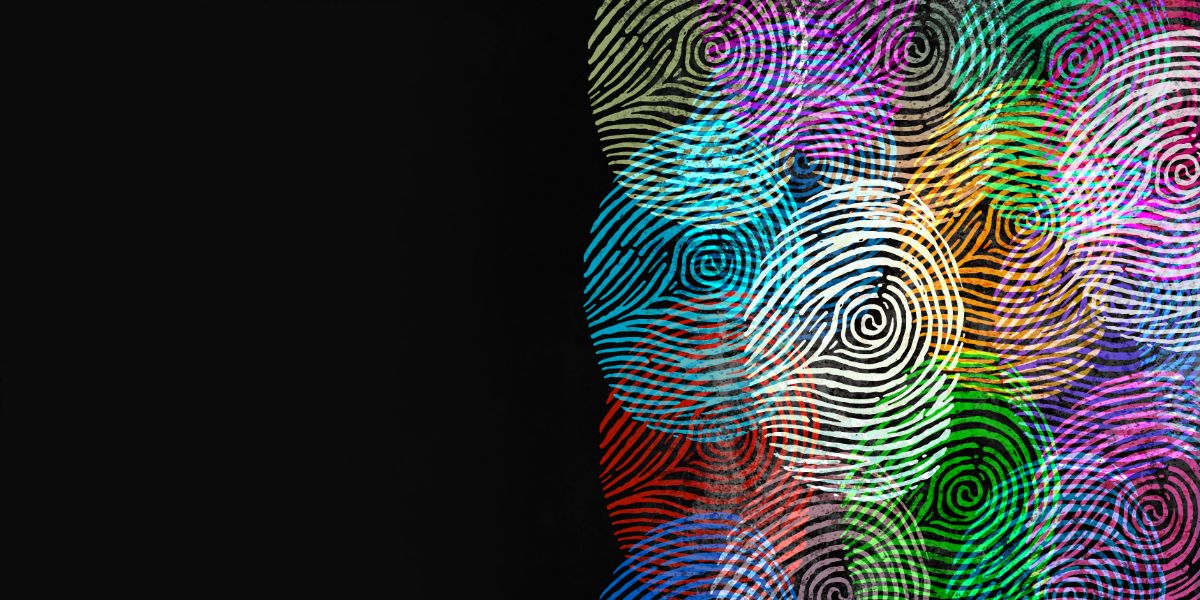Intellectual property (IP) refers to various forms of creation, including inventions, literary works, names, symbols, and artwork used in commerce. Artists often want to protect their ideas and creations, which can be comprised of various forms of intellectual property, such as paintings, sculptures, and photographs. So, what protects the intellectual property created by artists?
There are several types of legal protections that an artist can obtain to be used to protect the intellectual property created. The most common are: patents, copyrights, and trademarks. And, less commonly: trade secrets.
Patents: Patents are legal protections granted by the United States Patent and Trademark Office (USPTO). Patents are applied for and granted to protect new and practical inventions that have a functional aspect. For example, a sculptor may be able to apply for and obtain a design patent for a unique sculpture. But patents are just one part of what protects the intellectual property created by artists.
Copyrights: Copyrights are granted to the creator of the work once it is in a fixed, tangible medium. For example, a copyright can be issued for a completed book or painting, or for a recorded song.
Trademarks: Trademarks may be more commonly associated with businesses rather than individual creators. Trademarks are logos, symbols, and brand names that are used to identify and discern the goods of one company from another. Famous trademarks include Apple Inc.’s “apple” symbol and Nike’s “swoosh.”
Trade secrets: Trade secrets are generally defined as processes, or formulas, such as a computer code used to create a product, service, or recipe deemed to be confidential business information. These “trade secrets” are considered to be the property of the company by which they originated. It is less common for an artist to obtain this kind of legal protection for produced work.
Hopefully, that answers your question about what protects the intellectual property created by artists. But in addition to these legal protections, artists may also use legally binding documents—such as contracts, including licensing agreements—to protect their intellectual property, i.e. art. However, artists may still want to register their work with a government agency, such as the United States Copyright Office or the United States Patent and Trademark Office, in order to have additional legal protection so that their work cannot be reproduced or distributed without their permission.
If you are an artist looking to protect or defend your intellectual property, then contact us today. We have the experience you need on your side.

